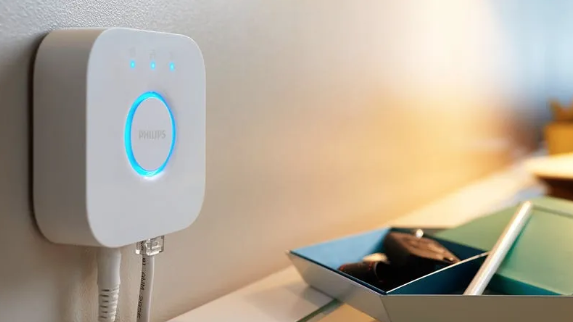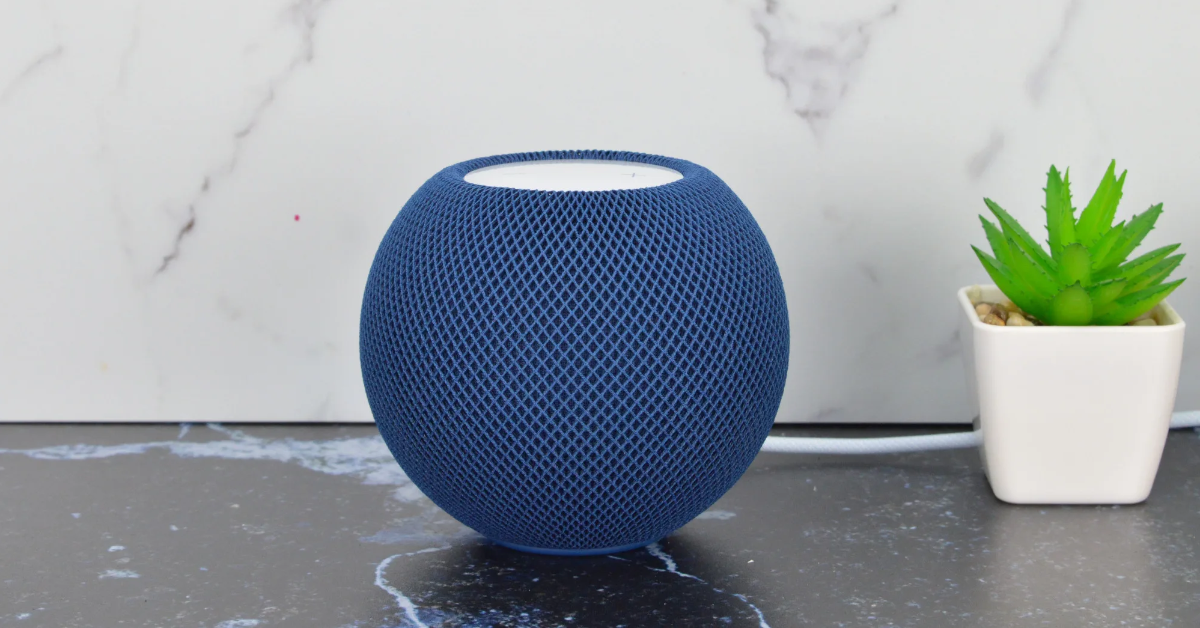The smart home landscape has gained much traction over the years. What was once a hobby for those on the bleeding edge of technology, IoT devices are now commonplace in homes around the world. As the market for connected devices continues to grow, so do the number of platforms available for controlling them.
This increase in options has led to compatibility issues and fragmentation throughout the industry. That’s where a new home automation standard named Matter comes to the rescue. Matter is here to disrupt the walled gardens and get your devices working harmoniously.
The Challenges of IoT
Smart home devices use various protocols to communicate; the common ones being Zigbee, Z-Wave, Bluetooth, and Wi-Fi. In an effort to save costs and resources, companies tend to develop for one of these protocols, blocking out a large portion of the consumer base. With Matter, these manufacturers will be able to pick one protocol and have it play nice with every platform.
Hubs & Apps

An unfortunate reality of smart home tech is the proprietary hub you’ll need to pair it with. These hubs will sit between the devices and your network router to allow the products to discover each other and communicate. One example being the Philips Hue Smart Hub, requiring a wired connection to your network.

When you take the leap towards a connected home, you’ll likely end up with a separate hub for your smart bulbs, surveillance system, and smart locks. This adds clutter, wires, and occupies Ethernet ports on your router or switch. Manufacturers require separate apps for their products, so you’ll end up with more icons on your phone to tap.
Another frustration among consumers is the compatibility issues between offerings and smart home platforms (e.g. Apple HomeKit, Google Home). For instance, popular products such as the Ring doorbell won’t work with Apple’s HomeKit, requiring you to download their respective apps. This may be due to the privacy demands Apple enforces to obtain HomeKit certification.
As it stands, you’ll have to resort to workarounds such as Homebridge to get Ring, Nest, and other devices working with HomeKit.
Meet Matter

Announced in October 2022, Matter is a standard which aims to reduce fragmentation, and bring the industry together to make IoT simple for people. It was initially developed by Apple, Amazon, Google, Samsung, and Comcast. Over 200 companies are now on board to contribute to this project.
It will allow you to walk into a store, find the Matter logo on a product, and trust that it will work within your smart home. You’ll no longer be compelled to stick with a specific vendor’s device and hub; you can go hub-less and have everything communicate over the Matter standard.
Matter 1.0 will not support cameras or doorbells. Current support includes devices such as motion blinds, weather devices, smart plugs, door locks, and lighting. We should see Matter support new device categories down the line. The CSA has hinted at “new device categories” during a press release from November of 2022.
How Matter Works
Matter is an open-source application layer built over Thread and Wi-Fi. Thread is the primary protocol for devices within the smart home network, Wi-Fi is then used for communication with the internet. After you bind a device to a network, it will begin interacting with other devices locally over Thread.
A user can now control all their devices from a single app or platform without switching between various apps or hubs.
Is Matter Secure?
When the topic of integrating connected devices into your home is brought up, security and privacy are among the top concerns. Matter is built to provide advanced security benefits for smart home devices. By using Thread, a low-power mesh networking protocol, it provides end-to-end encryption for all traffic between devices.
Adding to that, Matter uses certificate-based authentication to ensure that only authorized devices can join the network and communicate with other devices. To prevent man-in-the-middle attacks, Matter uses a feature called “Device Binding”. This allows users to bind devices to specific Matter networks and prevent unauthorized access.
Matter devices will need to pass strict security requirements and go through rigorous security testing before being certified with the Matter logo. With these security protocols in place, Matter is aiming towards a secure foundation for IoT devices in the home. The Connectivity Standards Alliance (CSA) has published a white paper detailing the security principles of the project.
Conclusion
Exciting times are ahead in the world of smart home technology. Although there is a lot we don’t know about Matter, we do know that it promises to address many of the interoperability issues surrounding the market. As someone fascinated by this space, I welcome the collaborative effort put forth by the biggest names in the industry, making for a seamless and secure experience.


Will the OG HomePod serve as a thread router?
The only Thread routers on the Apple side at the moment are:
Apple TV 4K (3rd generation)
HomePod (2nd generation)
HomePod Mini